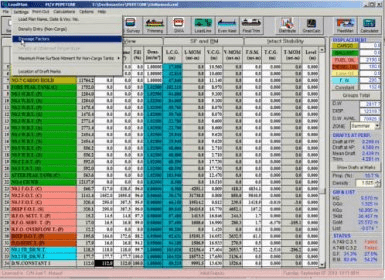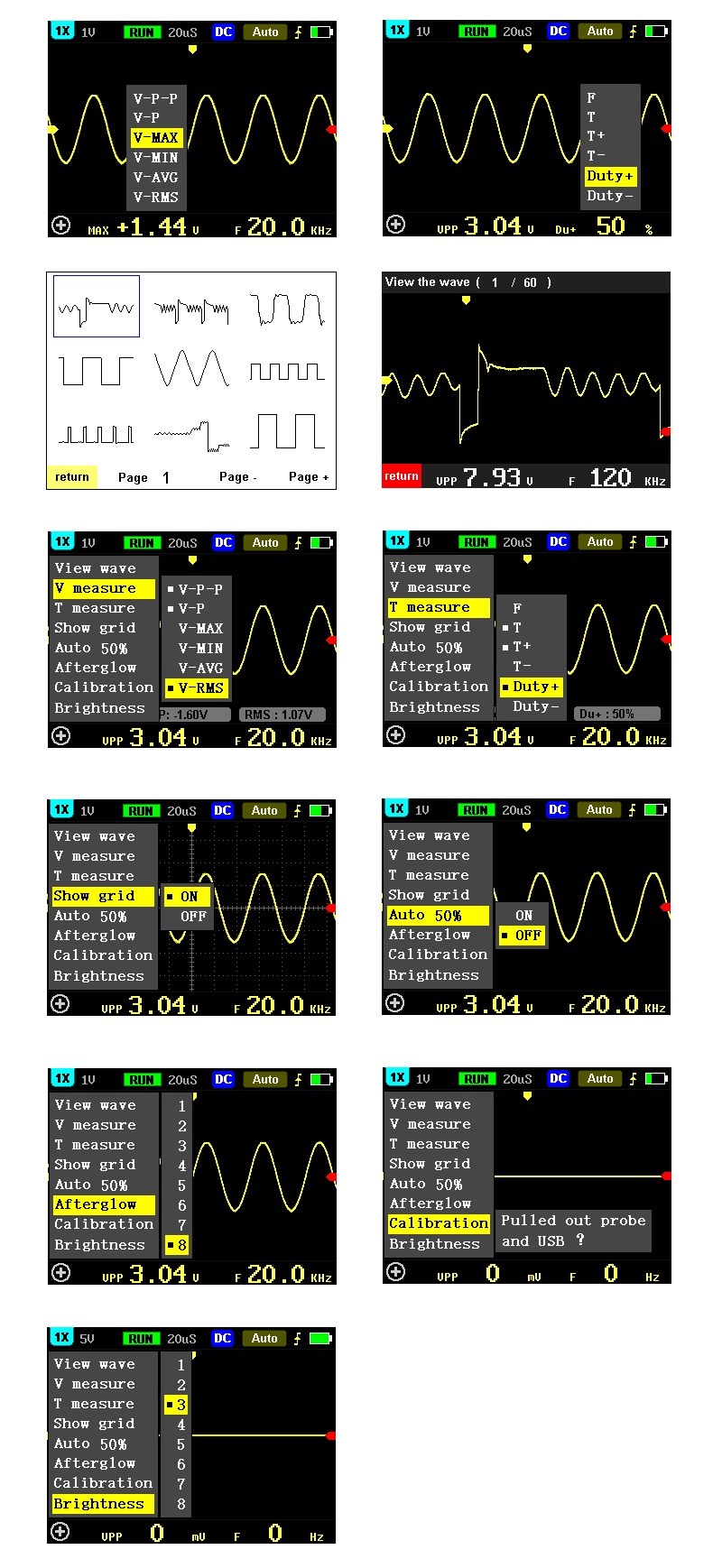
This is an example couple of entries (I had to change the data since it is private customer data): Example Customer One Mon 08.30 AM - 05.00 PM, Tue 08.30 AM - 05.00 PM, Wed 08.30 AM - 05.00 PM, Thu 08.30 AM - 05.00 PM, Fri 08.30 AM - 05.00 PM, Sat Closed, Sun Closed This is just a really long description and in this case it was only one thousand characters long, way shorter than the 8192 this field will allow. The csv has about 47,000 customer entries. ) ENGINE=InnoDB AUTO_INCREMENT=33298 DEFAULT CHARSET=latin1 `user_id` int(11) NOT NULL AUTO_INCREMENT, `has_been_initially_contacted` varchar(16) CHARACTER SET utf8 DEFAULT NULL, `sp_categories` varchar(1024) CHARACTER SET utf8 DEFAULT NULL, `num_of_reviews` varchar(255) CHARACTER SET utf8 DEFAULT NULL, `website` varchar(254) CHARACTER SET utf8 DEFAULT NULL, `email_address` varchar(254) CHARACTER SET utf8 DEFAULT NULL, `last_name` varchar(255) CHARACTER SET utf8 DEFAULT NULL, `first_name` varchar(255) CHARACTER SET utf8 DEFAULT NULL, `fax` varchar(45) CHARACTER SET utf8 DEFAULT NULL,

`phone` varchar(45) CHARACTER SET utf8 DEFAULT NULL, `longitude` varchar(255) CHARACTER SET utf8 DEFAULT NULL, `latitude` varchar(255) CHARACTER SET utf8 DEFAULT NULL, `zipcode` varchar(255) CHARACTER SET utf8 DEFAULT NULL, `state` varchar(255) CHARACTER SET utf8 DEFAULT NULL, `city` varchar(255) CHARACTER SET utf8 DEFAULT NULL, `address2` varchar(255) CHARACTER SET utf8 DEFAULT NULL, `address1` varchar(255) CHARACTER SET utf8 DEFAULT NULL, `rating` varchar(255) CHARACTER SET utf8 DEFAULT NULL, `in_business_since` varchar(255) CHARACTER SET utf8 DEFAULT NULL, `services` varchar(1024) CHARACTER SET utf8 DEFAULT NULL,

`description` varchar(8192) CHARACTER SET utf8 DEFAULT NULL, `hours` varchar(255) CHARACTER SET utf8 DEFAULT NULL, `title` varchar(255) CHARACTER SET utf8 DEFAULT NULL, The table structure is: CREATE TABLE `sp_personal_info13` ( I'm importing with all the default options, encoding as latin1.
Load bulk data into sequel pro full#
Mark: Now you have your CSV files from Stack Overflow, so you’re ready to create a graph.I have a csv full of customer data, and am getting a number of errors when trying to import it into MySQL using Sequel Pro's Import function. This is done by doing a DISTINCT on input values, reducing the number of rows and killing the duplicates, especially if you have data resulting from JOINs in a relational database. This is especially useful in an initial import, but keep in mind that you’ll have to check for duplicates outside of Neo4j.īecause LOAD CSV returns a list of rows of maps, you can add filters that - for example - aggregate or sort out duplicates. Michael: As a general rule, CREATE is faster than MERGE because it doesn’t have to check the data - it just pumps in the data.

In those cases, we might want to add a MATCH as well. Sometimes we’ll have some data already in the database which we will also want to add to the graph with a LOAD CSV query. You’ll also want to use MERGE if you want to write item-potent LOAD CSV scripts. But, if there are some instances in which connections aren’t already there, it will create them. If we don’t want the database to create connections because they’re already there, we’ll use MERGE. CREATE allows us to create things such as nodes and relationships, which - without any constraints - will cause our database to perform this action every time. Mark: After we apply Cypher operations to our map, there are three things we’re going to hook up: CREATE, MERGE and MATCH. This allows you to see the data the same way Cypher does - with lone quotes and binary zeros. You can drive computation, filter, group and aggregate the CSV on certain properties to sort data qualities, and run the CSV through Cypher. You can create, update, move and match data with information that comes in from the CSV. Michael: Depending on whether or not headers are provided, LOAD CSV will return each line of the CSV as either a list of values or as a map that allows you to map headers to fields.


 0 kommentar(er)
0 kommentar(er)
